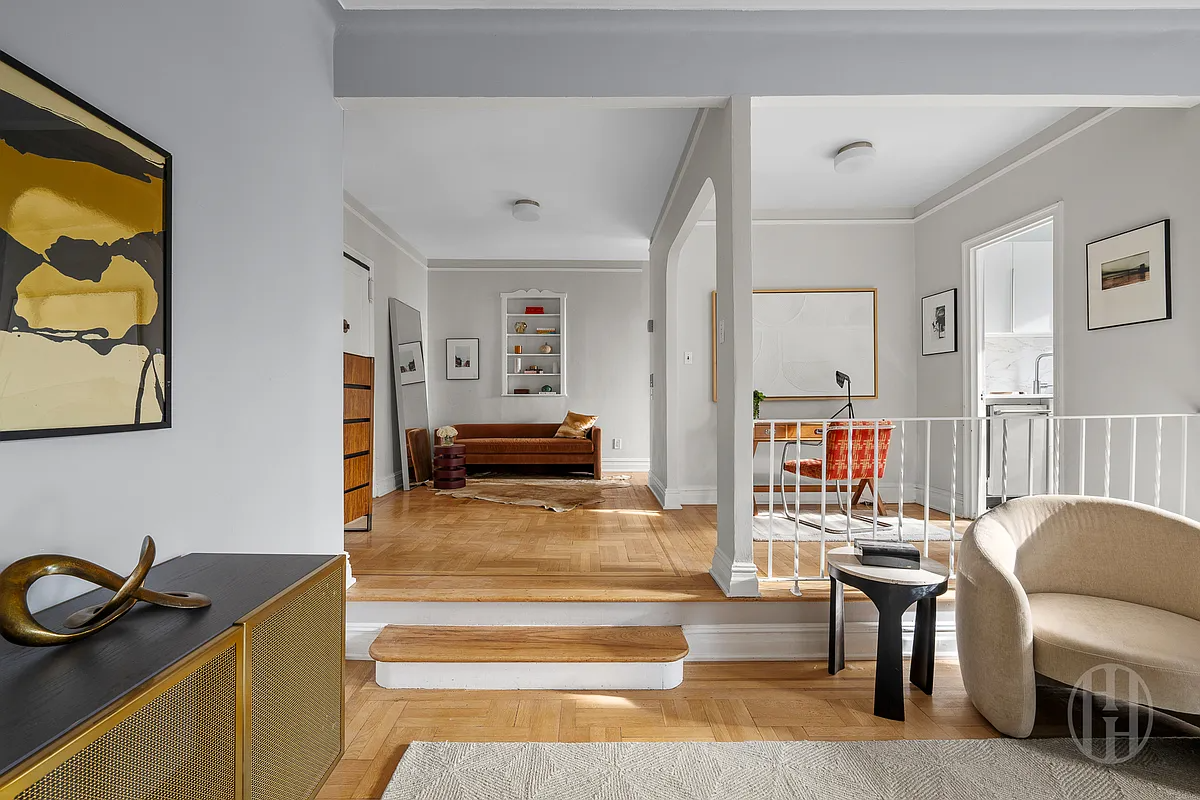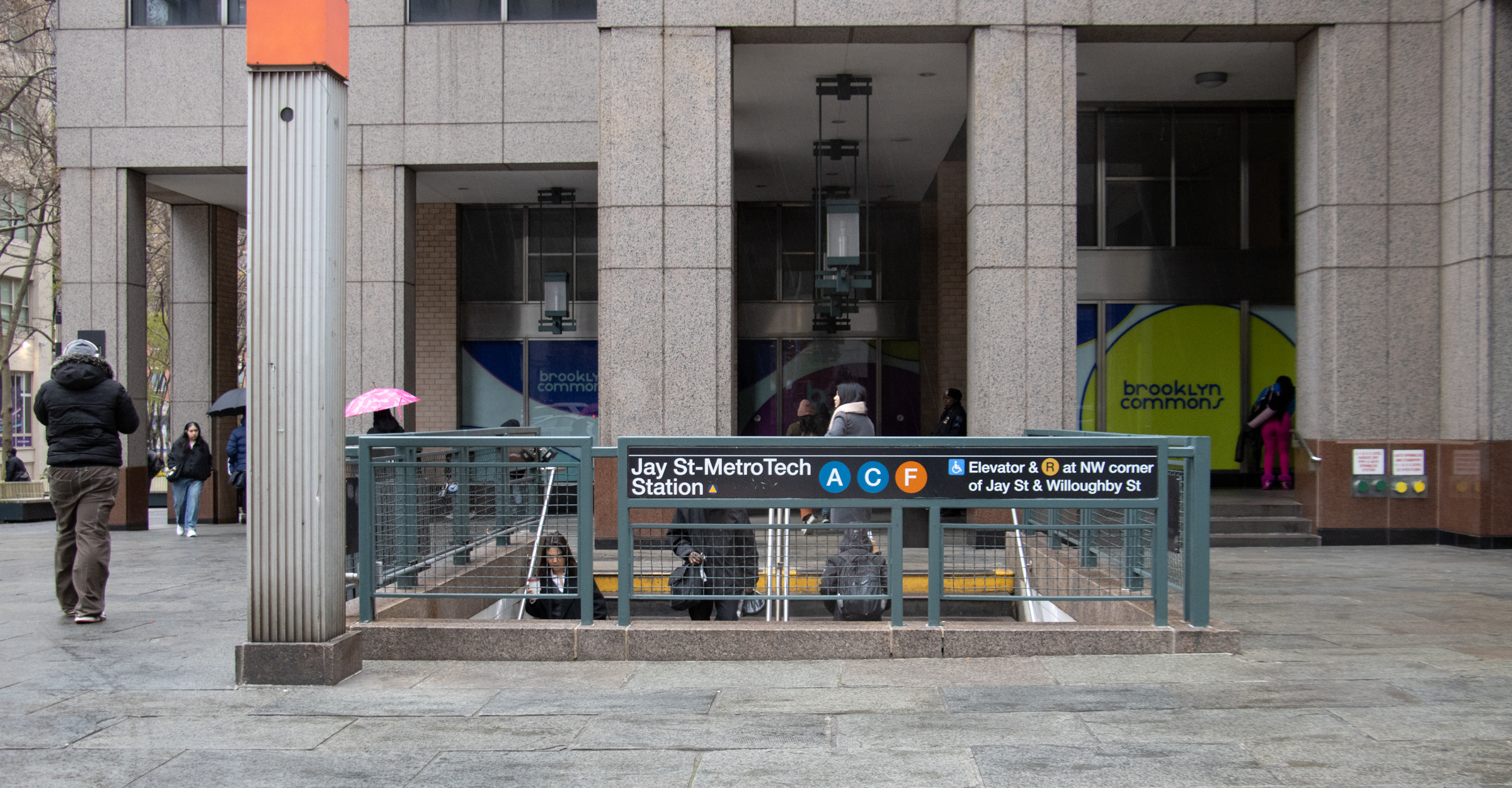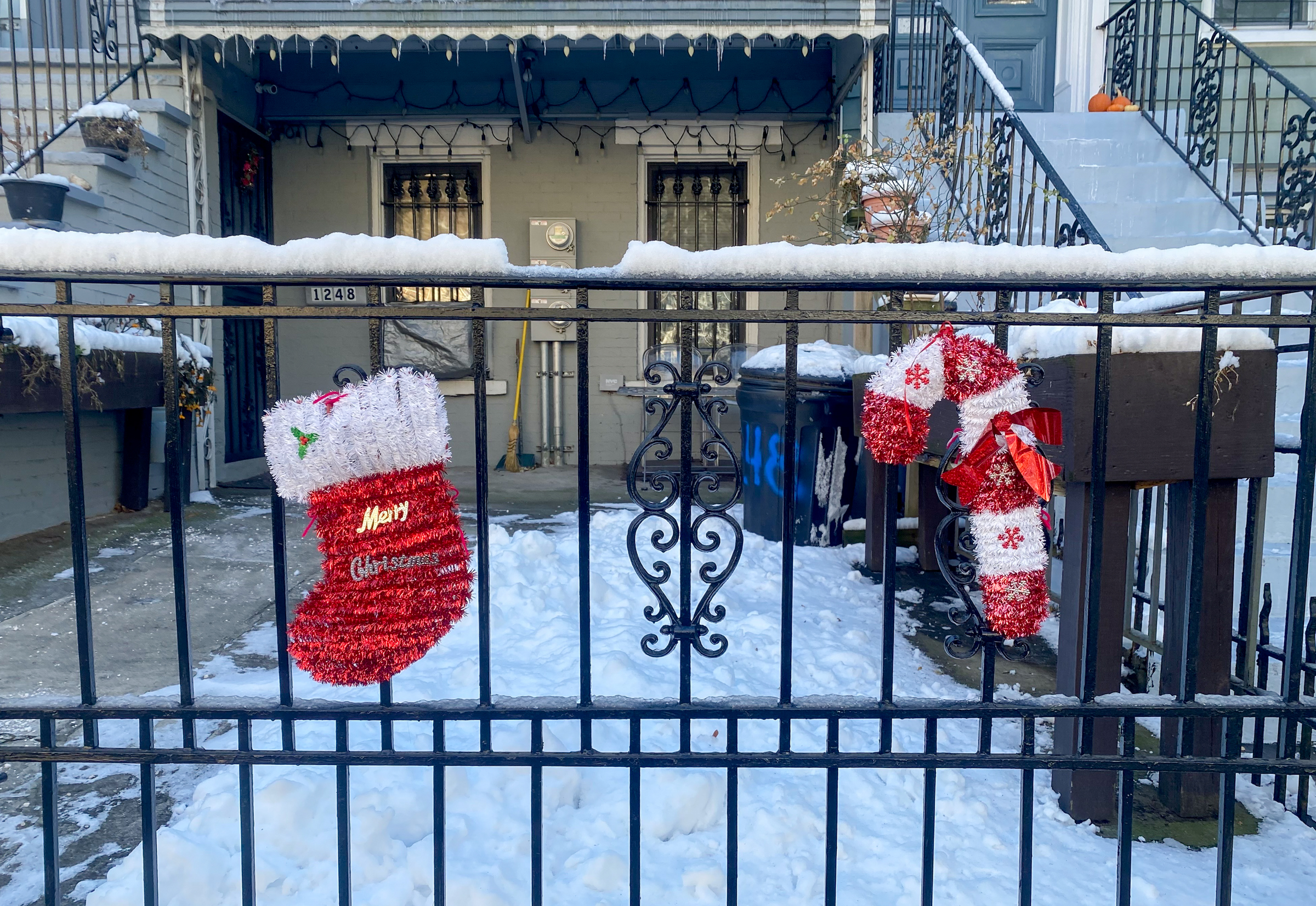The Darkness at Richard Meier's Brooklyn Tower
When Richard Meier, the architect famous for his glass and steel towers such as those on Perry Street in Greenwich Village, announced plans in 2005 for one of his signature buildings at Grand Army Plaza, the idea met with plenty of resistance from residents of Prospect Heights, Crown Heights, and Park Slope, as well as…


When Richard Meier, the architect famous for his glass and steel towers such as those on Perry Street in Greenwich Village, announced plans in 2005 for one of his signature buildings at Grand Army Plaza, the idea met with plenty of resistance from residents of Prospect Heights, Crown Heights, and Park Slope, as well as Brooklynites throughout the borough. Thus, some people might have read with relish the New York Times article profiling the building, now open ten months but on the market for much longer. Through interviews with neighbors and residents, the article leaves final judgment somewhat up to the reader: its vacancy rate proves the Richard Meier experiment in Brooklyn a failure, or a building planned in the boom years that is now struggling to fill spaces (the developers report sales of 50 percent of the units, while Streeteasy has recorded only 25), just like many other new developments, independent of architect or developer. Some residents of the sparsely occupied glass box expressed worry about the dropping values of their new purchases, while one retired couple showed more longevity of thought: “We’re living here for the rest of our lives. We know there are ups and downs in the market. It’s not a time to panic.”
Glass Half Empty: Richard Meier’s Brooklyn Tower [NY Times]
On Prospect Park: Is Anybody Home? [Brownstoner]
Photo via Curbed





“Are there enough retired-age people to buy all the new apartments in this City?”
I fit that demographic and while I imagine I could sell my house for enough $$ to buy an apartment at OPP (at least at the reduced prices) there’s no way I’d ever consider doing so.
In a possibly related story: I’m pretty involved with two private schools in brooklyn, and I’d guess as high as half of all students have at least part of their tuition paid for by the grandparents. There have been a few people who have left the schools this year (or rather, who didn’t return) for financial reasons and 100% of those families have mentioned the hit the grandparent generation has taken in this economy. So while the equity loss may not mean much to these residents, this “non trickle down” economy may hurt in other ways.
And I’m sure this isn’t only tuition but down payments and other big ticket items young families sometimes got from the folks. You may say, “not my folks!” and I could say the same, but if the hypothetical family who wants to buy my hypothetical home no longer has this $$, it hurts me too.
I certainly wouldn’t live there either for a variety of reasons. Including the location right on the traffic maelstorm and the fact that I am not an exhibitionist.
But the building is perfetly nice to look at from the outside, which is more than I can say for the Forte or the Toren or the Livingston.
Ugly building with glass the wrong shade of green; but if you’re buying, it’s the inside that counts. Maybe the interior design puts people off.
Are there enough retired-age people to buy all the new apartments in this City, the age group that is most suspicious of the quality of construction?
It seems that young families are still transient and are saving up for the wooden playset in the backyard of their suburban McMansion. These developments aren’t attracting enough potentially permanent (20+ years) residents that give a sense of neighborhood and make Brooklyn, Brooklyn.
Perhaps the realtors should advertise to European companies to buy for their temporary US employees.
FSRQ – what does it mean for a building to “fail”?
Remain vacant for extended periods of time, unable to generate cash flow to support proper maintenance and upkeep; detract from the social and economic vitality of its neighborhood.
Look I was the 1st to say the original askings were ridiculous and would never be met – but now the building has cut prices by what appears to me to be close to 50%, and it still hasnt sold…the building risks being put into a death spiral (not enough sales to allow financing, no financing = no sales)….
Sure the building isnt going to fall down tomorrow – at some point and and at some time it will be filled but that ignores the YEARS that it risks sitting as black mark on the neighborhood.
Instead of viewing everything through your sad little glasses of class warfare, greed and envy….why not consider that a developer took a multimillion dollar gamble on our boro, with the idea of erecting a premiere building (not everything has to be affordable housing) where one hadnt been built for almost 100 years (yes all those admired buildings running down Eastern Parkway were built during previous bubbles as monuments to their “greedy” developers too”) A building, if too expensive at least dedicated to architecture (dont all you always complain about the Fedders buildings and say – “why cant they get a good architect?”) and making a statement as to the vitality and prominence of Brooklyn.
This failure is not one to celebrate (and no one is asking anyone to through a charity benefit for the developer), it is sad and depressing (even if in the long run their will be some nice glass apts to be had at a more reasonable price) – and trying to gussy up your schadenfreude with excuses about “greed” and “life lessons” is a denial only Freud could penetrate.
BTW – “Signature” (as in Signature location)doesnt mean “great” – it means unique, distinctive and prominent – which this building clearly meets.
I wouldn’t want to live there but the only people I know who bought in OOP sold a gorgeous PS brownstone on a named street at the height of the market. They’re in their mid-40s w/ kids going to college. They bought OOP high when it first went on the market but have since negotiated what they feel is a good deal & are still happy they did the switch.
Benson’s10:22 comment [Surely they didn’t have the prudence of those who could be convinced that 100 year-old WOODEN homes in Flatbush with antiquated mechanical systems, electrical systems bathrooms and kitchens are worth over a million dollars] was meant to be humorous [or sarcastic], but taken literally, it’s perfectly true–they DIDN’T have all that much prudence, or enough common sense to realize that emperor Meier had no cloths. Even without the bust this mediocre building wouldn’t have done all that well at the ludicrous asking prices.
Not sure why there is so much emotion here. I’m not jealous of this building. I wouldn’t live there if the prices were 50% of what they are now, but that’s just my preference. My only observation is that the right price point for these units is significantly south of where they started marketing and somewhere south of where they are now. It’s just an observation of market dynamics. People who bought at bubbly prices have a loss that is extremely unlikely to be recouped (in real terms). They can couch their response to this in empotional terms and explain why they are at peace with it, and that’s fine, but the fact remains they have lost a bunch of money. No big deal to me and great if its isn’t a big deal to them.
Benson:
ROFL!!! No one could ever have convinced us of that, including the city, which has sent us hilarious statements to that effect from the tax assessor’s office. (I imagine those statements may make us look a bit less Trump-like next year.)We never bought our Flatbush pile of wood as an investment; we just needed a place to live (or, as George Carlin put it, A Box for Our Stuff. Its “market value” will slosh along in the wake of whatever tide is created by things like the Bubble Building, and we are pretty philosophical about that after 20+ years. If it goes further up, or precipitously further down, we will still have what we started with: A Box for Our Stuff. So, for that matter, will the people in the Bubble Building (and they’ll never have to invest in anything more than Windex and full-length curtains…)